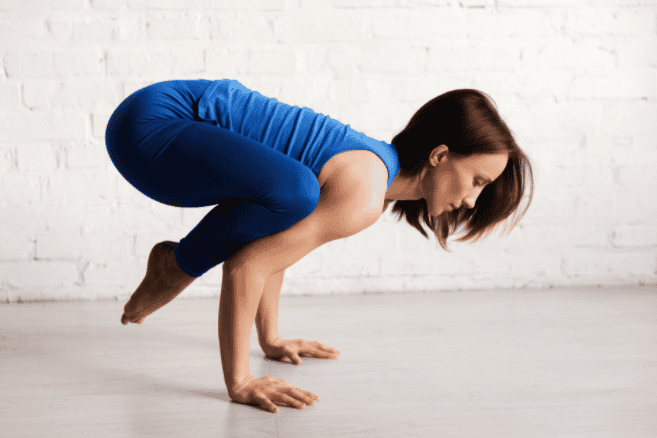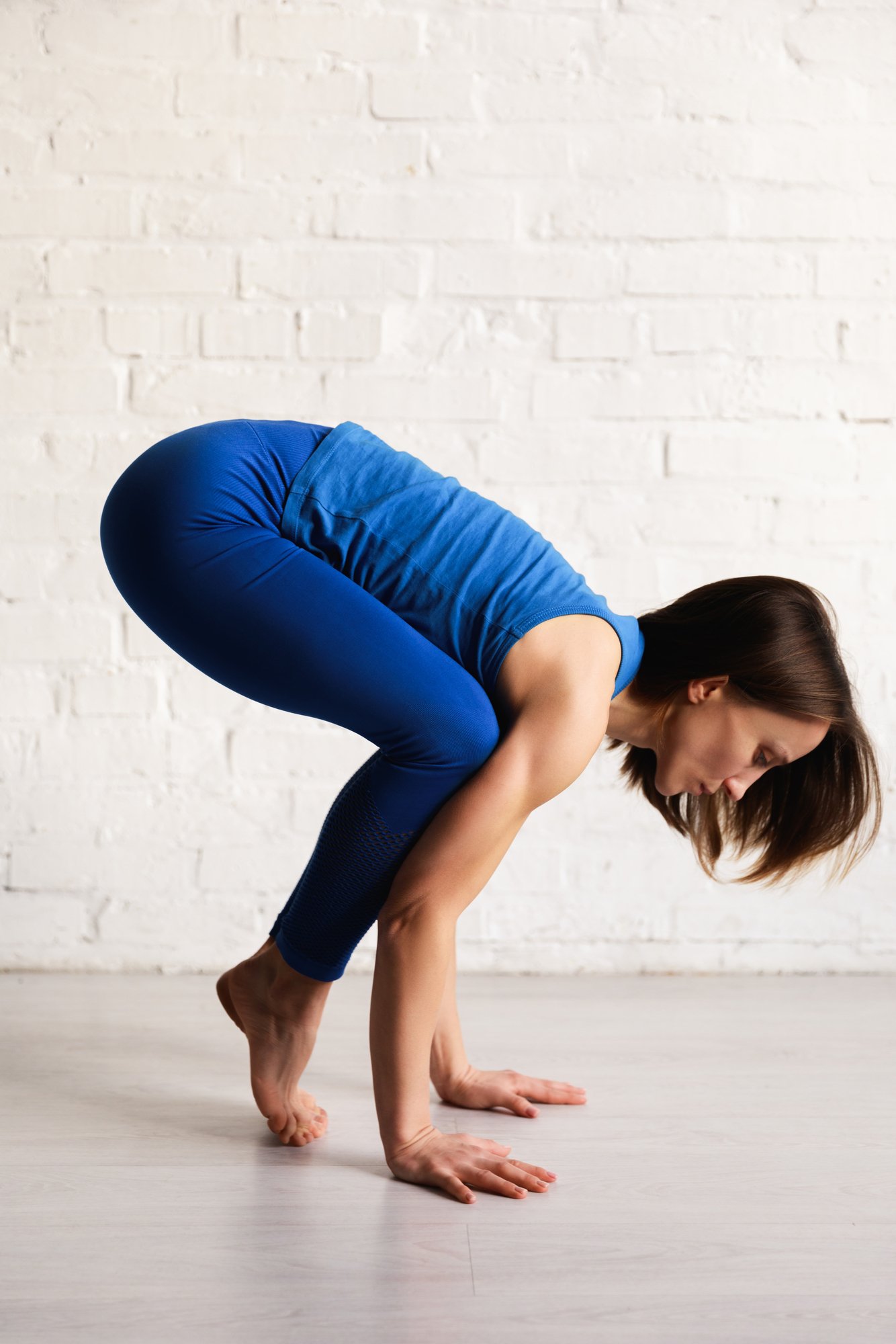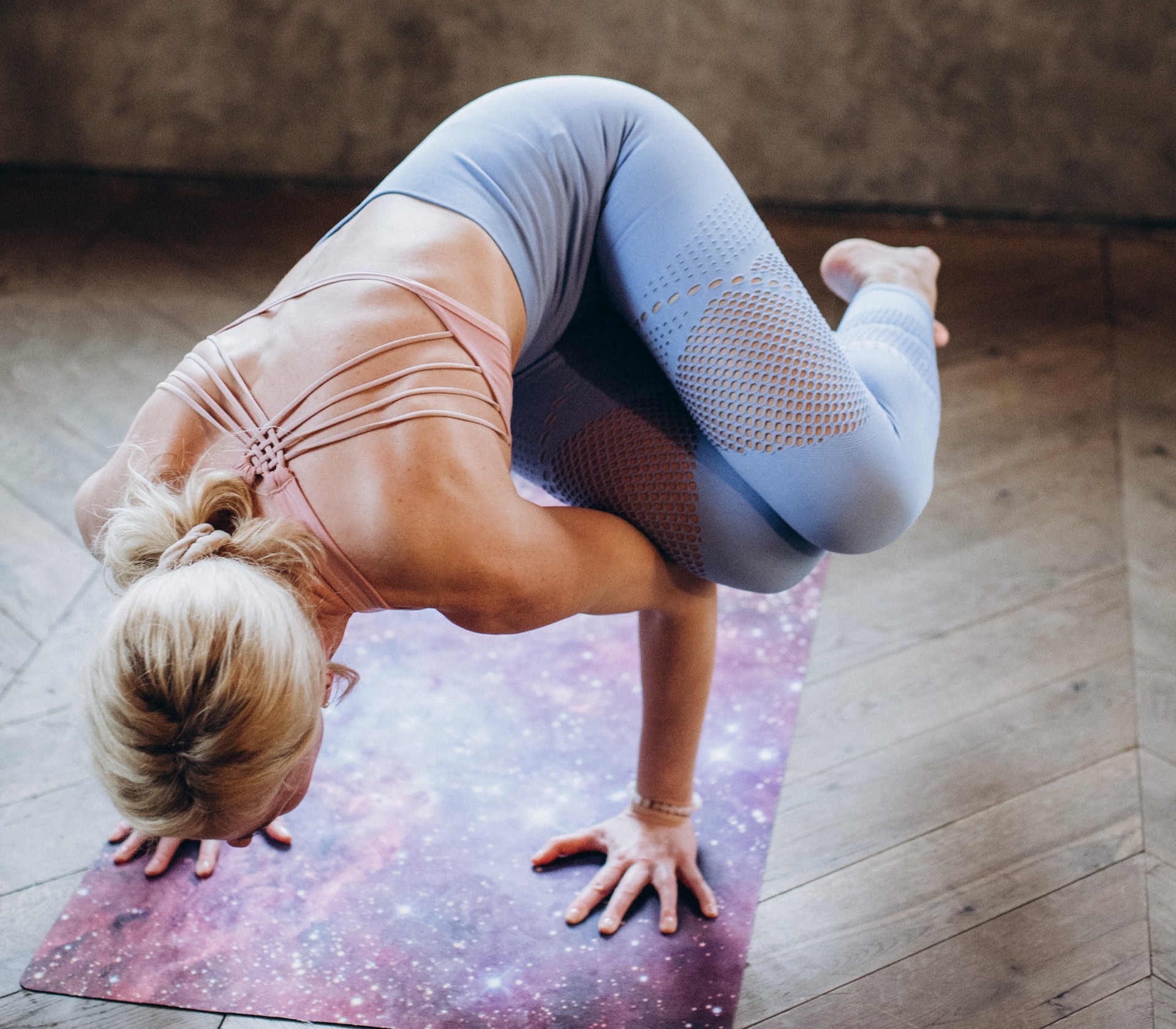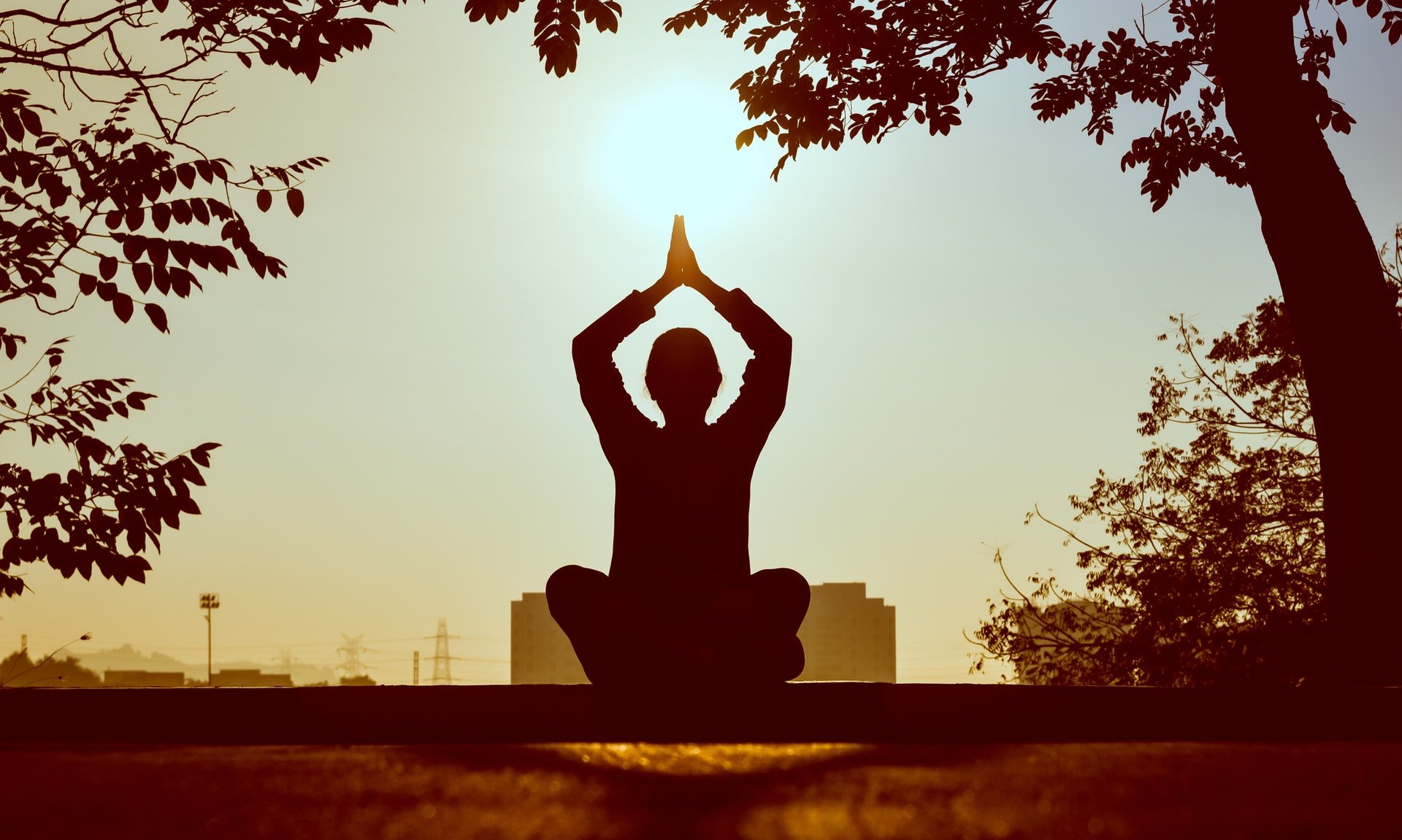I have practiced yoga for years, and only yesterday it struck me that yoga is the ultimate example of Universal Design for Learning (UDL). If you’ve never experienced the calm of a quiet mind, yoga is for you, regardless of your fitness level or age. How is it that one class can accommodate people with such variability?

When moving into asanas, or yoga positions, there are always choices. For example, one yoga pose is crow (above). This is ultimate rigor (think Common Core state standards), but in any class, modifications and accommodations are presented as choices, without fail. Instructors explain that it’s important to honor your body and take necessary modifications, because these scaffolds are learning tools that teach your body the postures.

For example, the beginner has the option of modified crow (above) which does not require balance. As practice evolves and the body becomes stronger, beginners can shift more weight to their hands to move closer to the traditional posture. Those who need more of a challenge can channel their inner Jessie and opt for a more difficult version of crow (below).

The thing is, it doesn’t matter where you start or end. Everyone is encouraged to begin at the level they are at and move forward, and throughout the practice, yoga instructors provide mastery oriented feedback to insure that postures are aligned to maximize the benefits of the practice. This acceptance of variability and ongoing feedback make yoga a practice that challenges everyone simultaneously.
Yoga has been practicing UDL for thousands of years. It’s time that all classrooms provide students with the same sense of acceptance while working toward rigorous standards.



